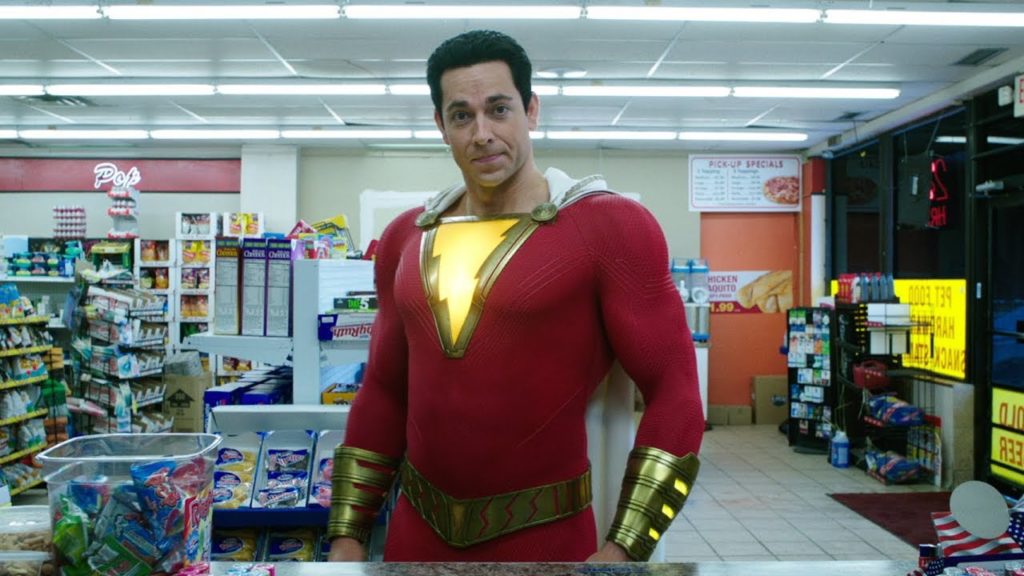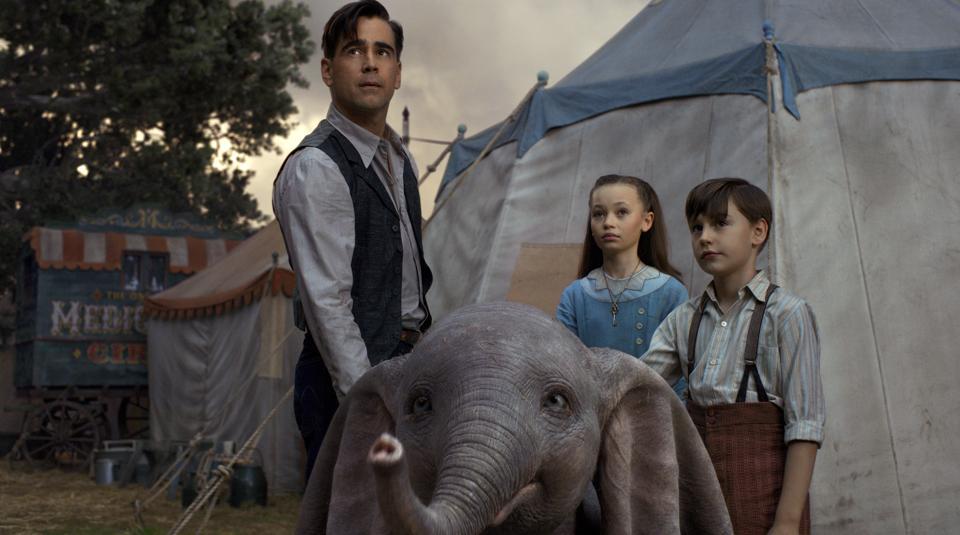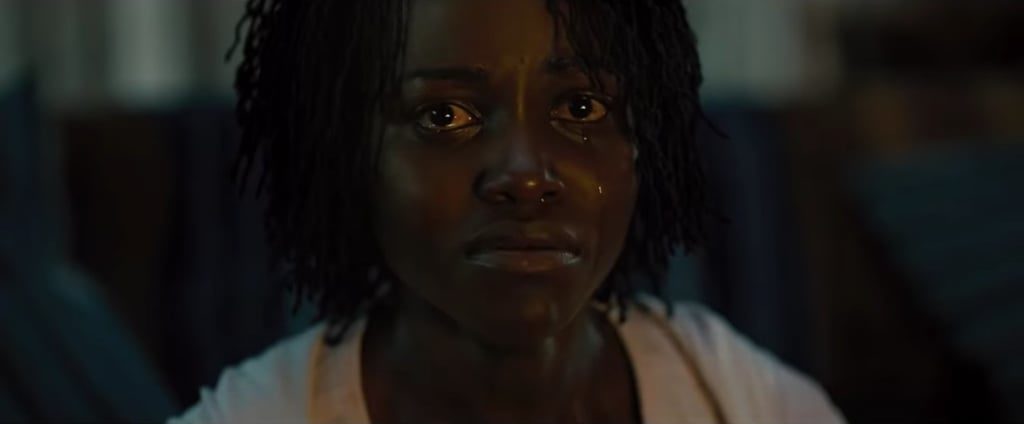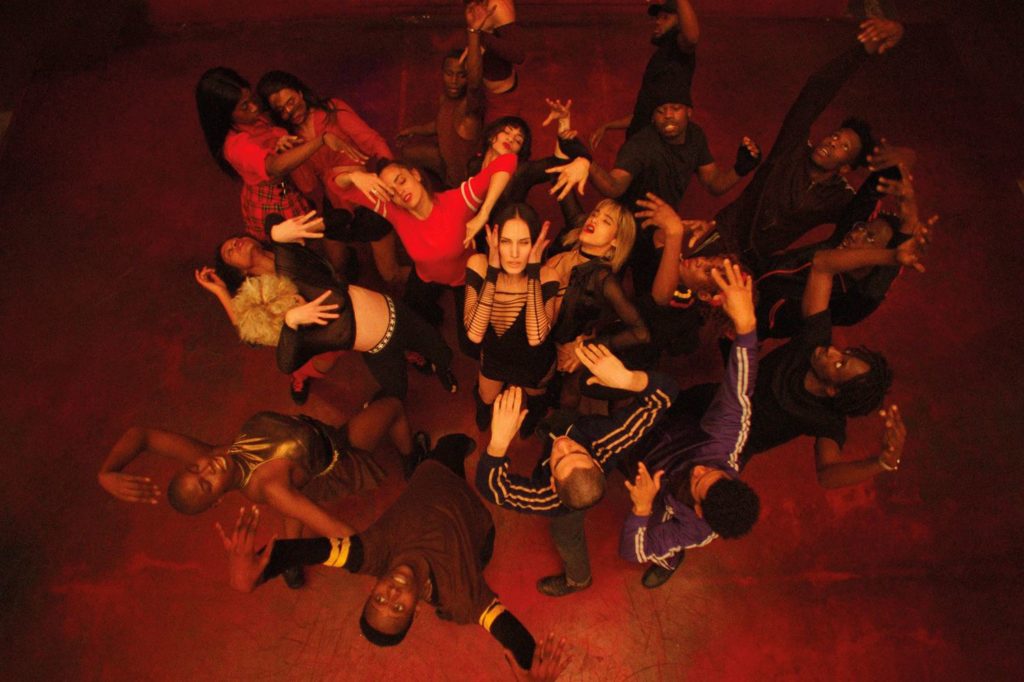The Aftermath: He’s a Good German. Or at Least, He’s Good-Looking.
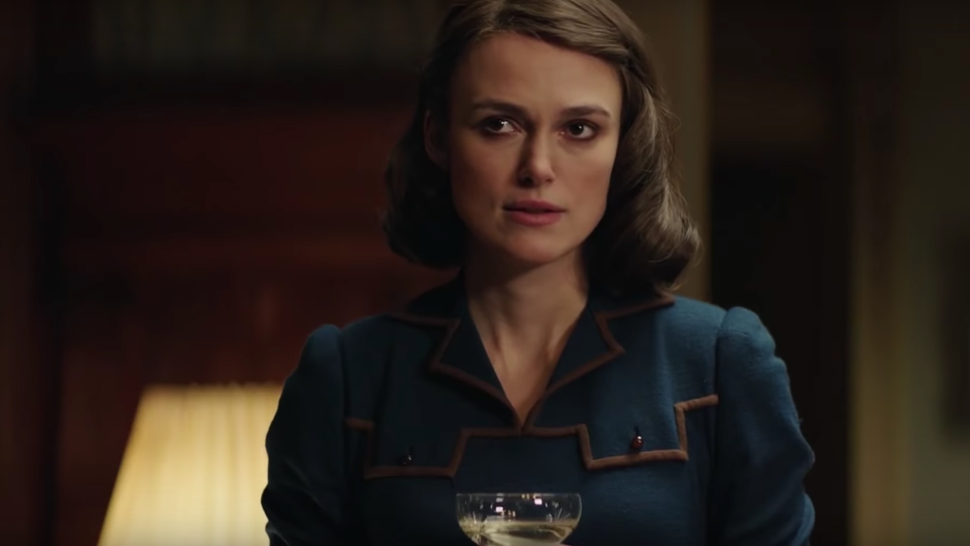
Quality acting may not be able to make a bad movie good, but it can certainly make a silly movie less silly, and more watchable. The Aftermath, James Kent’s sober and strenuous adaptation of Rhidian Brook’s novel, is in many ways unpersuasive, with clunkily conceived characters, overly decorous presentation, and dubious politics. But its performances, particularly those of Keira Knightley and Jason Clarke, are exemplars of craft and commitment. With elegance and poise, they take a soapy, soggy romance and lift it into the realm of juicy, entertaining melodrama.
This is nothing new for Knightley, who has made something of a career out of elevating prestige period pieces with her cut-glass precision and simmering feeling. Just last year, she applied her considerable talents to Colette, helping turn what appeared to be a stodgy biopic of feminine awakening into a bawdy, sexy romp. Unfortunately, The Aftermath lacks Colette’s sense of impish fun; nor does it move with the same directorial alacrity that Joe Wright brought to his excellent collaborations with Knightley (Pride & Prejudice, Atonement, Anna Karenina). It is instead decidedly tasteful, with a gentle score, a lacquered production design, and a profound fear of offending anyone. Read More

